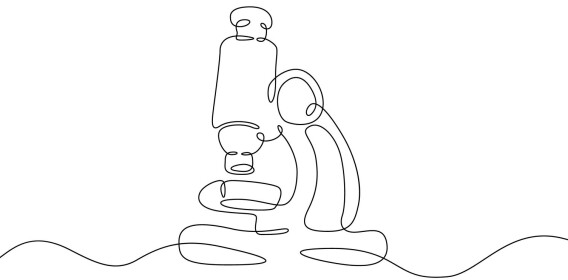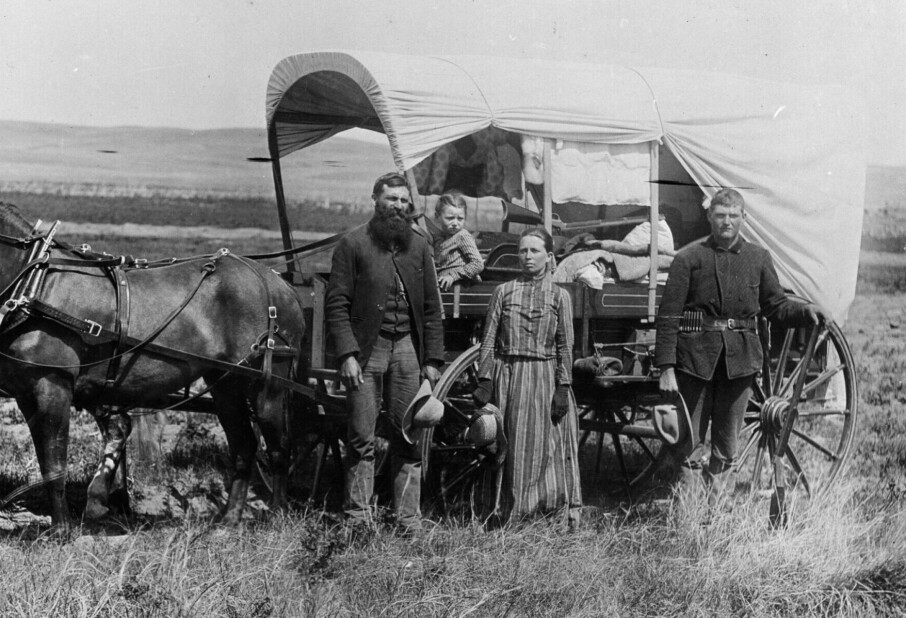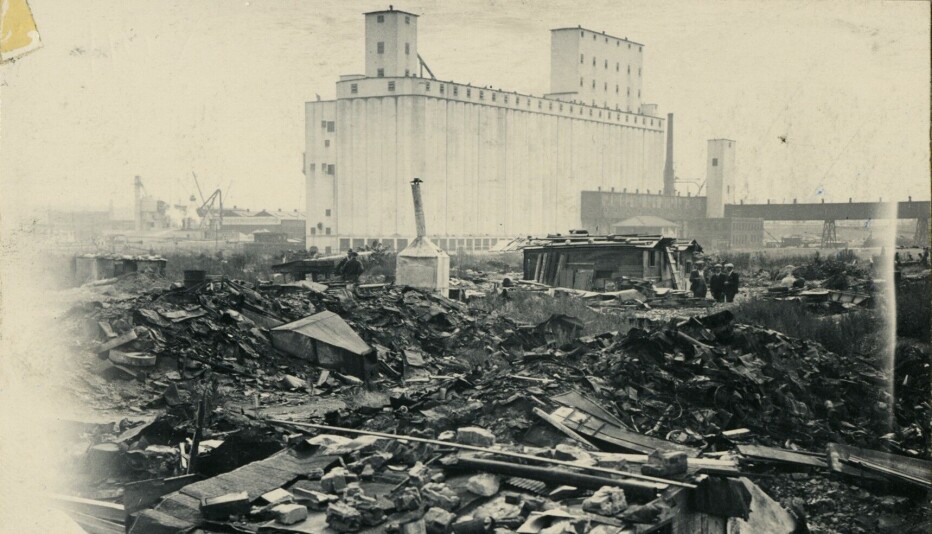Archaeologists have found a rare 9,000-year-old Stone Age hammer in Norway
They hoped to maybe find some bone remains. Instead, they discovered a whole settlement with traces of a house and rare objects.

To the untrained eye, a stone often looks like nothing more than a stone.
"When we show axes from the Stone Age, there are some that people wouldn't even recognise as axes," says archaeologist Silje Hårstad from the Museum of Cultural History.
But some stones clearly bear the marks of human craftsmanship.
This summer, during an excavation in Horten, Eastern Norway, where a patch of forest will soon make way for a new bike path, Hårstad and her team found half of a shaft-hole club.
"It's one of the best finds from this site," says Hårstad, who led the excavation.
"It was round, slightly oval, with a distinct drilled hole in the middle where a shaft was once attached. It's obvious that it was shaped by humans," she says.
Such clubs may have been used as tools, but they could also have carried symbolic meaning.


Crafted with precision
9,000 years ago, the shoreline in this area lay about 70 metres higher and 500 metres further inland than today. Maybe someone sat and drilled a hole in the stone down by the water’s edge at this settlement.
"It's nicely crafted," says Hårstad.
The hole was drilled from both sides of the stone, making it widest at the edges and tapering inward toward the middle.
Perhaps they used a long bone from deer or moose, cut at the ends, as a drill. With sand, water, and plenty of time and patience, they managed to work their way through the stone.
It's unusual to find whole club heads, says Hårstad. But some do exist. And they can be beautifully crafted. Some are shaped like stars and decorated with engravings.
"The one we found has light wear and crushing marks on one side, which suggests it was used as a tool," says Hårstad. "It may have been used to pound something, like softening fibres. It's essentially a Stone Age hammer."

Different types
"This is a remarkable find," confirms Knut Andreas Bergsvik, archaeologist at the University of Bergen.
Most viewed
Bergsvik, who is an expert on the Stone Age, explains that club heads can be grouped into three categories.
Some are simple, like the one found in Horten. Others are more elaborate, shaped like stars or crosses. Archaeologists have also found club heads made of organic material, one from whale bone and another from wood.
"This raises the possibility that such objects were once very common, but we don’t see more of them because wood and bone rarely survive at settlement sites," speculates Bergsvik.
May have been status symbols
Around 12 per cent of club heads feature decoration, such as carved lines, borders, or even figures.
Many have been found in bogs or dumped in the sea, suggesting they were placed there deliberately.
"The more ornate designs, like star shapes, don’t appear practical for working the soil. They must have carried symbolic significance," says Bergsvik. "Still, their functions likely varied depending on design."
In a Norwegian blog post, archaeologist Christian Løchsen Rødsrud writes about these rare clubs. He suggests they may have served as status symbols for highly skilled hunters who rose to positions of leadership in their communities.

Thousands of finds
Even without the discovery of a rare shaft-hole club, the settlement in Horten has a lot to offer, according to Hårstad.
"This is one of the most enjoyable excavations I’ve ever taken part in from this period," she says.
More than 5,000 objects have been collected and will undergo further analysis. In addition to axes and the piece of a club head, there are fragments of fishhooks and other tools, traces of a house, and lots of bone remains.


"This is an incredibly interesting site. It's like a little time capsule," says Hårstad.
At the settlement’s highest point lie the remains of a small hut, probably around 10 square metres. Archaeologists have taken samples from the floor to test whether bark mats once covered it.
The bone remains were found closer to the shoreline. This area formed a small cove where boats could dock.
"Perhaps it served as a butchering site or cooking area. People also sat here crafting tools," says the archaeologist.


There was intense activity here
Analyses of the many burnt bone fragments will reveal what the people here hunted, what they ate, and what kind of tools they used.
At a nearby settlement, younger than the one excavated this summer, evidence suggests that people mostly ate seafood – seabirds, seals, whales, and fish. Archaeologists wonder whether the same applies here, or if they also hunted land animals.
To date the site more precisely, archaeologists will carbon-date charred hazelnuts.
Stone Age people were fond of hazelnuts, Hårstad explains.
"We find nuts at many settlements. There's a theory that people tended hazel trees to ensure good harvests," she says.
While wood is often used for carbon dating, it can be misleading since a tree may have lived for hundreds of years.
"Hazelnuts come from a single season. They were produced and eaten within a year, so they're very suitable for dating," she says.
The remains of a house foundation provide further insight into life at the site.
"All these finds point to a period of intense activity, enough to build up these layers of artefacts and bone remains. As well as the fact that they invested resources in a solid house construction instead of just putting up a tent," says Hårstad.


Shows change in Stone Age culture
Finding bones as old as 9,000 years is rare in Eastern Norway, explains Knut Andreas Bergsvik of the University of Bergen. The soil is so acidic that organic material disappears quickly.
Fragments of fishhooks are also unusual.
"This supports what we know about the transition in this period. Not long before this settlement was used, people were more mobile. They moved over greater distances and did little fishing," he says.
But by 9,000 years ago, which is considered the middle part of the Early Stone Age, something had shifted culturally, explains Bergsvik.
People stayed in one place longer and returned to the same places. Homes became sturdier, fishing increased, and people crafted new objects.
"That’s what makes this settlement so important. It has all the elements showing that this technological and economic shift had taken place," he says.
———
Translated by Alette Bjordal Gjellesvik
Read the Norwegian version of this article on forskning.no
Related content:

Subscribe to our newsletter
The latest news from Science Norway, sent twice a week and completely free.



























































